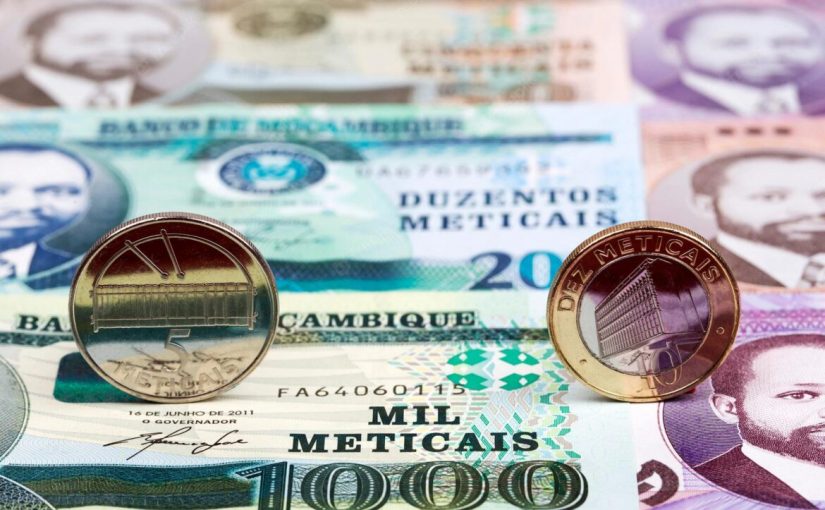Mozambique: Digitalising public administration will cut corruption - president
Mozambique places €45.7 million in Treasury Bonds via stock exchange

FILE - For illustration purposes only. [File photo: Noticias]
Mozambique has completed a domestic issue of Treasury Bonds with a five-year maturity, according to official data accessed today by Lusa.
The Mozambique Stock Exchange (BVM) reported that the operation was finalized on December 17, with proposals from Specialized Treasury Bond Operators reflecting a demand-to-supply ratio of 76.6%. The total demand equalled the amount placed.
This Treasury Bond issuance marks the first reopening of the 13th series for 2024, available exclusively for direct subscription by Specialized Operators. It authorized the placement of up to 4 billion meticais (€59.6 million), offering a nominal interest rate of 13.5% for the first four semi-annual interest payments, with a variable rate for the subsequent six payments.
This was the second such operation in a week. On December 10, Mozambique placed 1.273 billion meticais (€18.9 million) in another domestic issuance of Treasury Bonds under the same 13th series for 2024, also with a five-year maturity.
The Bank of Mozambique has previously acknowledged “elevated pressure” from the state’s domestic borrowing, which grew by 95.7 billion meticais (€1.43 billion) in 2024 alone.
“The pressure on public domestic debt remains high. Public domestic debt, excluding loan and leasing contracts and arrears, stands at 408.1 billion meticais (€6.09 billion),” noted the central bank in a statement following the Monetary Policy Committee (CPMO) meeting on November 27.
Domestic debt increased by about 5.5 billion meticais (€82 million) since the previous CPMO meeting on September 30, according to information from the Bank of Mozambique.
The central bank further highlighted that the proportion of domestic debt relative to gross domestic product (GDP) increased from 18.1% in December 2020 to 26.5% by November 2024.
A report on public debt released in April 2023 by Mozambique’s Ministry of Economy and Finance warned about the pace of domestic debt growth, cautioning that its current trajectory could jeopardize efforts to reverse its unsustainable status.
“If domestic debt continues to grow at the current pace over the next five years, the balance between domestic and external stock could equalize at 50% domestic/50% external by 2029, with a portfolio dominated by purely commercial instruments. Such a scenario would compromise the ability to reverse the debt sustainability framework for this generation,” the report stated.
As interest rates on Treasury Bills (BT, short-term maturities) and Treasury Operations (OT, long-term maturities) continue to rise, the cost of domestic financing has driven a steady upward adjustment in the weighted average interest rate of the government’s debt portfolio.
The average interest rate rose from “5% in 2021 to 5.8% in 2022 and now 6.5% in 2023, representing a cumulative increase of 150 basis points over two years,” the report noted.
It also flagged “refinancing risk,” manifested in the growing concentration of public debt maturities in the short term, as the greatest vulnerability.
As of December 31, 2023, accumulated domestic debt stood at $4.91 billion (€4.68 billion). The share of Treasury Bills in the total debt stock rose from 4% in 2019 to 9% in 2023, while Treasury Operations doubled to 16% during the same period.












Leave a Reply
Be the First to Comment!
You must be logged in to post a comment.
You must be logged in to post a comment.